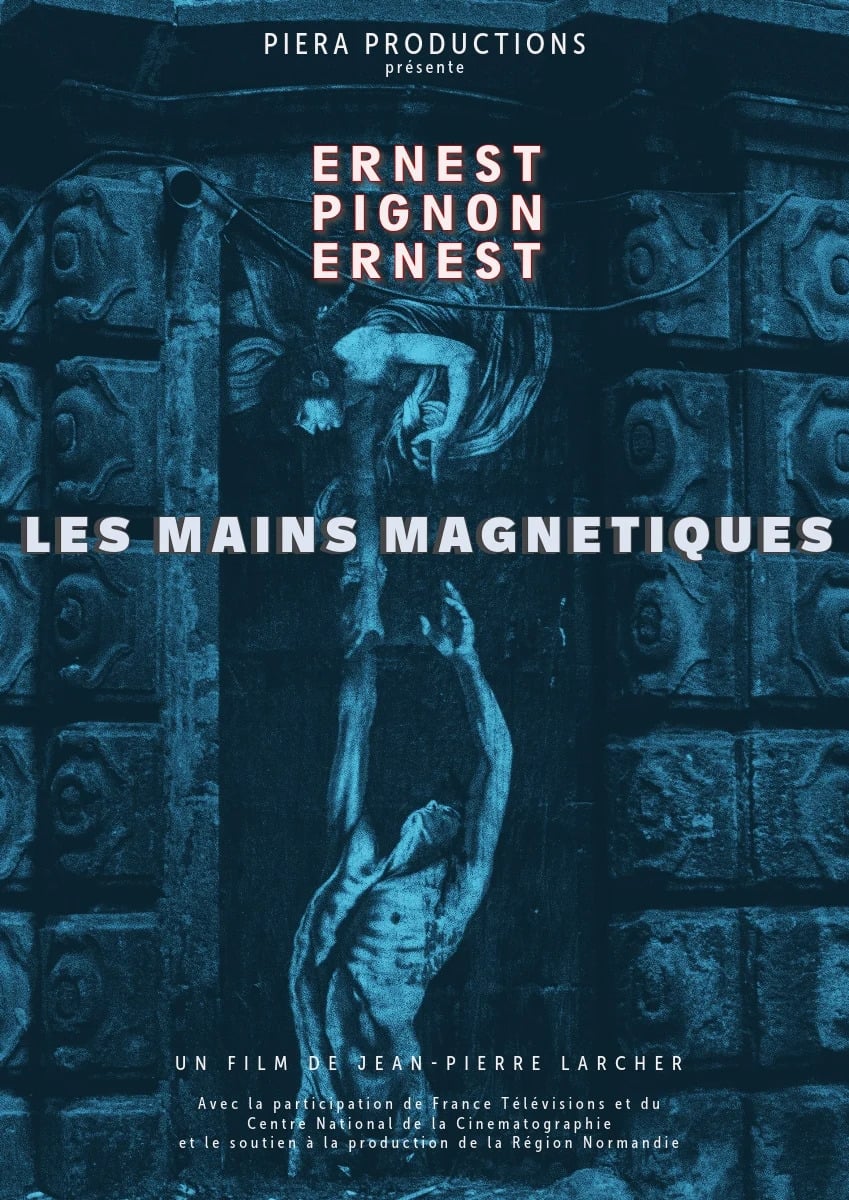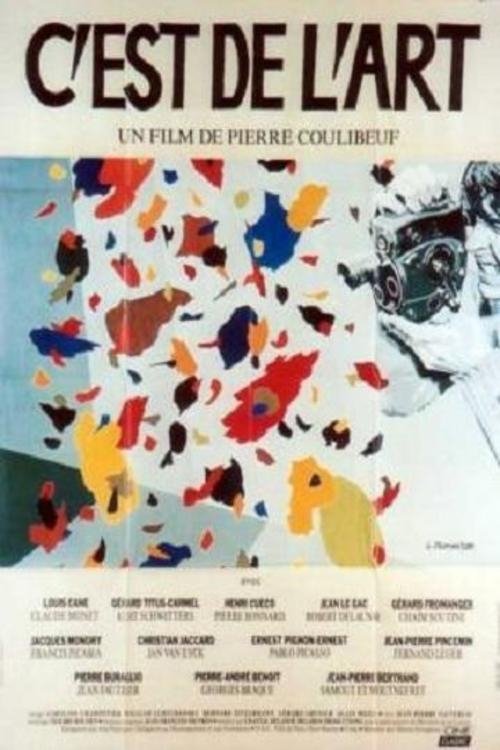


This series, assembled in a film, presents the singular view of contemporary artists on major works of art history. The words of these free spirits make each work see each work as a dynamic form, in the process of becoming, crossed by multiple energies. The artists' voice-over narration frees the creative possibilities of the image - sound and image playing with each other, animated by the same spring: what is seeing?
Patrick Chaput and Laurence Drummond invite us to explore Naples during the Holy Week festivities, using the collages created on the city's walls by Ernest Pignon-Ernest (b. 1942). As brass bands play and processions take to the streets, the artist scours the Baroque city in search of wall surfaces suitable for his silkscreens of Caravaggio's bodies.
Ernest Pignon-Ernest (born 1942) is a Fluxus and Situationist French artist, born in Nice. His first work was done in 1966. It was a reaction to France's Nuclear Strike Force. In 1971, he exhibited posters depicting scenes from the Commune. In 1978–1979, his posters of Arthur Rimbaud could be seen all over France. In 1988–1990, he made drawings of Naples. In 1996, he initiated the collection of international artwork called Art Against Apartheid alongside Antonio Saura. Pignon-Ernest's posters are in the collection of the Center for the Study of Political Graphics. Pignon-Ernest joined the General Confederation of Labour (CGT), one of the main labour unions in France. With Henri Cueco, he co-founded the Syndicat national des artistes plasticiens CGT. Source: Article "Ernest Pignon-Ernest" from Wikipedia in English, licensed under CC-BY-SA 3.0.
By browsing this website, you accept our cookies policy.